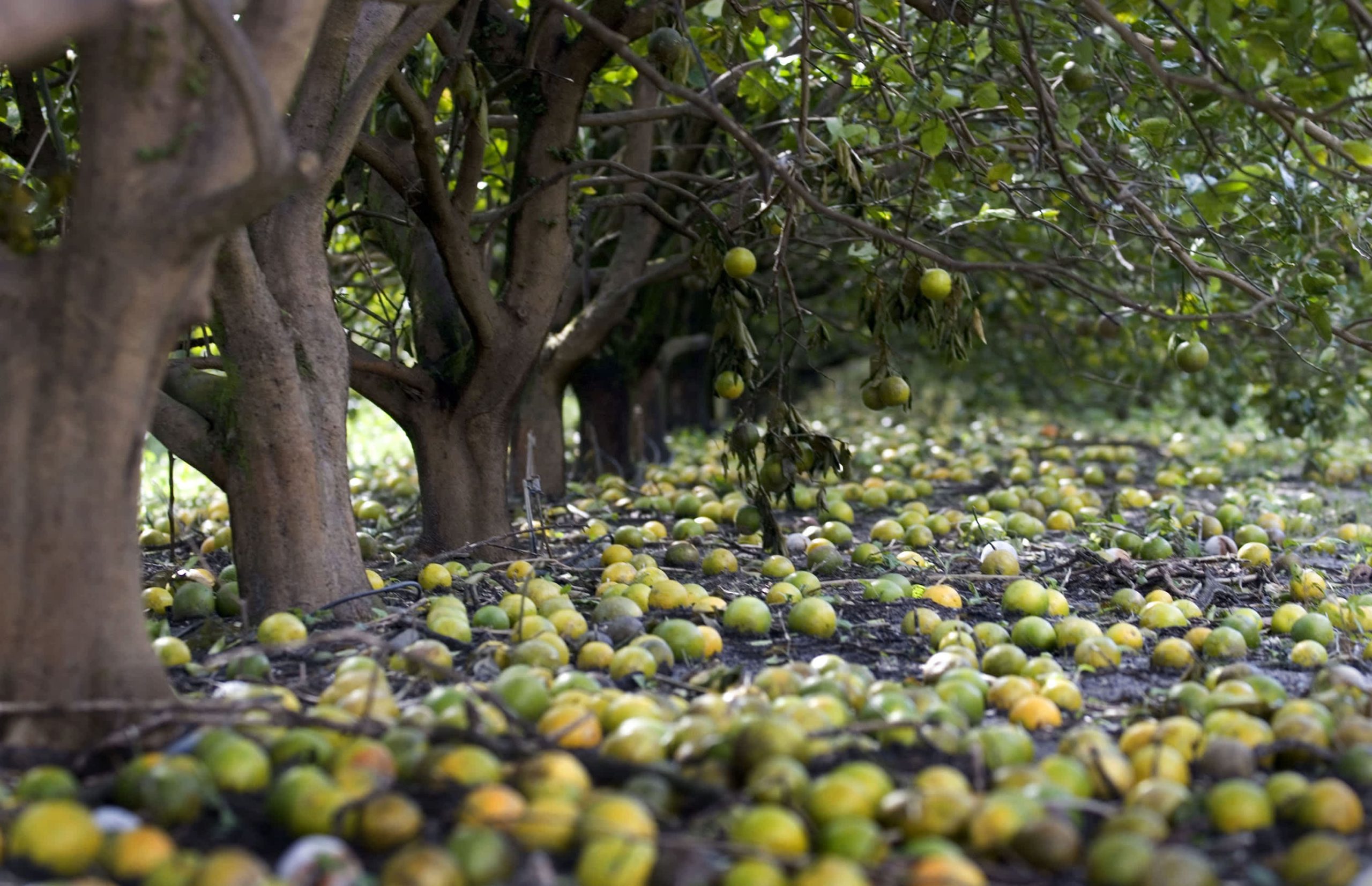For decades, Florida’s citrus industry was synonymous with orange juice, often touted as “your daily dose of sunshine.” However, recent challenges, including a hyperactive hurricane season and the devastating citrus disease known as greening, have pushed the state’s once-thriving citrus industry to the brink of collapse. By the end of this year, Florida is expected to produce only 12 million boxes of oranges, the lowest yield in nearly a century. This figure represents a 33% decrease from the previous year and is less than 5% of the state’s 2004 production.
In contrast, Brazil, the world’s largest producer and exporter of oranges, is projected to produce 378 million boxes of oranges this year. Each box contains around 300 pieces of fruit, highlighting Florida’s significant decline in production compared to its international competitor. As a result, orange juice produced in Florida has become a luxury, with rising costs pushing many families out of the market, while some citrus growers have sold their land for development, leaving the industry behind.
Citrus greening, or Huanglongbing (HLB), is a major culprit behind the industry’s downfall. Spread by an insect, this disease causes leaves to become blotchy and fruit to become misshapen and bitter. Despite research efforts, scientists have not yet found a solution to combat greening, and the disease has reduced citrus production in Florida by 75% since it began spreading two decades ago. Furthermore, more frequent and severe hurricanes have damaged groves that managed to survive the disease, further impacting yields.

One of the most significant recent blows to the industry came in October when Hurricane Milton ravaged about 70% of Florida’s most productive groves, just before harvest. Wayne Simmons, a fifth-generation citrus farmer, described the situation as a “double whammy,” with Hurricane Milton following closely after Hurricane Helene. Simmons, who once led a citrus growers’ association, shared that many growers had already abandoned the industry due to declining acreage, loss of membership, and the combined impacts of greening and hurricanes.
Some growers have resorted to selling their land for development, such as building houses or installing solar panels, marking the end of agricultural use for much of the land. Despite these challenges, there are signs of hope on the horizon. Research into CRISPR technology and other solutions is progressing, with the potential to develop citrus trees resistant to greening. However, it could take up to a decade for these innovations to significantly impact the market.
Despite the difficulties, Matt Joyner, the CEO of Florida Citrus Mutual, remains optimistic. He believes that with the tools and knowledge gained in recent years, and with a few years of favorable weather, the citrus industry in Florida can begin to rebuild. For long-time growers like Simmons, the desire to continue farming citrus remains strong, even though they acknowledge that the industry’s heyday is over. While Florida may never return to its former glory, the state’s citrus heritage is deeply embedded in its identity, and many growers are determined to preserve it.


